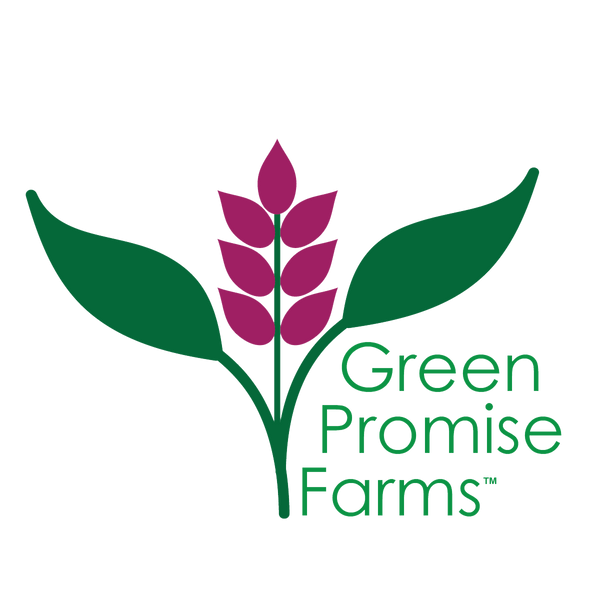Bird watching is a wonderful activity, especially if you can do it from the comfort of your backyard. Native plants like American Beauties Native Plants® attract beautiful birds, such as hummingbirds, thrushes, and woodpeckers.
Check out our favorite American Beauties Native Plants® to bring birds straight to your backyard!
1. Butterfly Milkweed

Want to attract both Monarch butterflies and birds? The Butterfly Milkweed is an excellent choice. This perennial blooms bright orange to yellow-orange flowers. The fragrant flowers attract Monarch adults, while foliage is an essential food for butterfly larvae.
It’s perfect for grouping in your landscape and also attracts hummingbirds, finches, woodpeckers, and more! Birds love this plant for its seed fluff that provides nesting material.
2. Cardinal Flower

This hummingbird magnet is one of the best native plants to add to your garden. It thrives in moist soils and is an outstanding addition to any rain garden. Incredibly attractive purple-bronze-colored foliage is the backdrop for bold red flower spikes that start blooming in July and continue well into the summer.
Native pollinators, butterflies, and hummingbirds are attracted to this plant's outstanding summer bloom. Hummingbirds find these flowers an irresistible source of nectar, as do colorful butterflies like swallowtails. The spent flower heads and stems provide nesting to birds and cover for small native animals and insects.
3. Eastern White Pine

This fast-growing, evergreen tree produces green needles with white backing. It’s easy to grow and very fast growing. The tree is perfect as a single specimen or a border planting for large areas. It thrives in full sun.
Native birds, such as nuthatches, chickadees, and woodpeckers, look to this tree for outstanding cover and nesting possibilities, along with the seed from its cones for food. Other large native birds like owls, hawks, and eagles also nest in this tree.
4. Prairie Splendor Coneflower

This coneflower boasts daisy-like pink flowers with greenish center cones shaded orange, producing a season of color from June through August. Native pollinators and butterflies love this plant, and it is essential for any native, pollinator-friendly garden.
Strong flower stems mean this heavy bloomer easily holds its bloom above the foliage without flopping. It’s perfect for massing to create a wave of summer color in the middle to back of any sunny garden. Along with attracting hummingbirds, birds such as bluejays, cardinals, and goldfinches love the seeds from spent flowers and use dried stems for nesting.
5. Brilliantissima Red Chokeberry

An underused native stunner, this narrow, upright-growing shrub is ideal for grouping in sandy or moist soils. Strong, upright-growing stems feature deep green foliage that serves as the backdrop for clusters of small white flowers.
These flowers bloom in May and June and attract masses of native pollinators and butterflies. The plant also has superb red fall foliage color.
Birds like sparrows, orioles, and thrushes love the brilliant red fruit that forms in late summer and fall on this plant, along with the nesting and cover it provides.
Build a bird-friendly habitat
Turn your garden into a beautiful habitat that offers food, nesting sites, and shelter for the birds. Below are more tips for growing a practical space for feathered friends:
- Determine what native plants you already have that birds enjoy.
- Create a planting plan, such as by drawing it out on paper. Measure your space to determine where to place different plants.
- Choose a mixture of plants that offer various benefits for the birds. For example, large canopy trees for shelter and herbaceous plants for their seeds.
- Ensure that plants aren’t too close together. Review each plant’s full-grown dimensions so your plants aren’t crowded.
- Plant in the spring or fall and water as needed (hint: native plants typically require less water than non-native species).
Shop all plants in our American Beauties Native Plants® Collection here.

